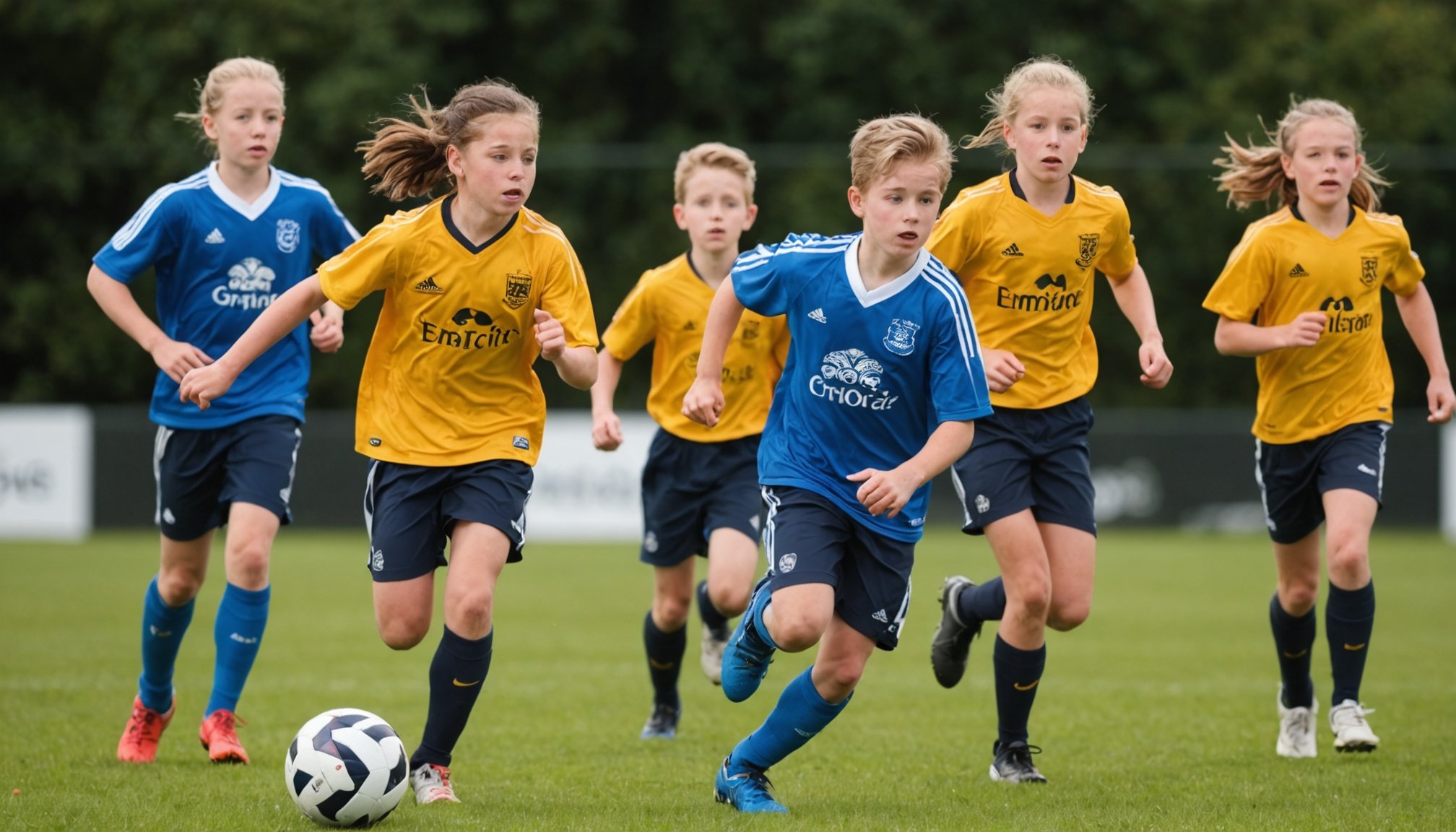Understanding the Importance of Balance
Balance in sports and life is crucial for young athletes to thrive both on and off the field. It’s not just about juggling practice sessions; it’s about maintaining a sensible equilibrium between training, academics, and a vibrant social life. Often, young athletes face pressure to excel, which can inadvertently lead to an imbalance detrimental to their overall development. The mental and physical health consequences of dedicating significant time to sports without considering other aspects can be considerable—ranging from burnout to social isolation.
Young athletes’ well-being is intricately tied to their ability to explore personal interests outside of sports. Whether it’s art, music, or any other passion, these activities contribute significantly to their overall growth and happiness. By fostering diverse interests, athletes cultivate a more rounded identity, reducing the risk of stress or anxiety purely associated with their athletic performance.
Also to discover : Balancing books and boosts: tips for uk athletes juggling academics and sports training
Moreover, a healthy balance in sports and life promotes resilience. For athletes, learning to balance sports with personal preferences and responsibilities equips them with lifesaving skills necessary beyond the playing field. Hence, prioritizing a comprehensive and well-balanced lifestyle is imperative for young athletes in achieving success and happiness.
Time Management Strategies
Time management for athletes is essential, particularly for those striving to balance rigorous training schedules with academics and social interactions. Young athletes often find themselves juggling multiple commitments, necessitating a structured approach to their daily routines.
Also read : Understanding the crucial role of recovery in uk triathletes’ training regimens
One effective method is adopting productive scheduling techniques. This involves creating a realistic timetable that segments time for various activities, including training, studying, and relaxation. By implementing a well-organised agenda, athletes can ensure each aspect of their lives receives appropriate attention, reducing the likelihood of burnout.
Setting realistic goals is also crucial. Athletes should aim to set achievable objectives for each task, prioritising them based on urgency and importance. This strategy aids in managing workloads without overwhelming oneself. Additionally, utilising tools like planners or digital applications can further enhance an athlete’s organisational skills, offering them a visual framework to track progress and adjust plans as needed.
Ultimately, mastering time management for athletes not only facilitates their present lives but also imbues essential skills valuable in future endeavours. By honing these strategies, young athletes can maintain a prosperous balance between their sporting ambitions and personal growth.
Mental Health and Well-Being
Understanding and prioritising mental health for young athletes is vital in managing the pressures of intense training sessions. Recognising when stress and burnout set in is the first step towards taking proactive measures. Often, signs include physical exhaustion, anxiety, and a decline in performance. Coaches and peers can play a crucial role by observing these indicators and encouraging open discussions.
Recognizing Stress and Burnout
Addressing stress and burnout starts with awareness. Young athletes need to be taught to identify symptoms such as increased irritability or chronic fatigue. This awareness allows them to address issues before they escalate.
Building a Support Network
Cultivating a robust support system consisting of family, friends, and coaches fortifies mental resilience. These networks provide a safe environment for athletes to express concerns and seek advice. Regular check-ins and team-building activities can strengthen these bonds further.
Mindfulness Techniques
Incorporating mindfulness into training routines is highly beneficial. Techniques such as meditation and deep breathing help athletes manage stress and improve focus. By dedicating a portion of their routine to these practices, young athletes can maintain their well-being and enhance their performance.
Social Life and Personal Development
Striking a healthy balance between sports and life involves more than just time management; it’s about nurturing strong social connections for athletes. Building and maintaining friendships outside of sports is crucial. These relationships provide a sense of belonging and emotional support, reducing feelings of isolation that can occur from rigorous training schedules.
Exploring hobbies outside athletic commitments can greatly enhance a young athlete’s personal growth. Pursuing interests like music, art, or reading not only offers relaxation but also introduces new skills and perspectives. By allowing space for these passions, athletes cultivate diverse identities, boosting both their emotional resilience and creativity.
Navigating the integration of social activities with sporting commitments requires strategic planning. Athletes can allocate time for social interactions in their weekly routines, ensuring they don’t sacrifice one for the other. Attending social events in the offseason or during breaks can help maintain these essential connections. Moreover, engaging in group activities or clubs, unrelated to their sport, offers opportunities to bond with peers over shared interests, further promoting their overall well-being and personal development. This balanced approach is key in fostering a fulfilling and multifaceted life.
Resources and Supportive Communities
Navigating the vast landscape of athlete support resources can be pivotal in an athlete’s journey. Engaging in local clubs and supportive groups offers tangible benefits: community, shared experiences, and camaraderie. These clubs can provide a nurturing environment where young athletes can meet like-minded peers. Such interactions not only strengthen their social networks but also offer opportunities for peer learning and mutual encouragement.
Finding Local Clubs and Groups
Locating local sports clubs and groups is often as simple as exploring community centers or schools. Joining these clubs can introduce athletes to varied training techniques and philosophies, broadening their horizons. Locally organised events also empower athletes to connect with community members, creating a robust support system.
Accessing Online Resources
In our digital age, various online platforms offer access to valuable information tailored to young athletes’ needs. Websites and forums provide a wealth of strategies, advice, and motivational content. These resources can be instrumental in helping athletes refine their skills and boost their confidence.
Engaging with Mentorship Programs
Participating in mentorship programs allows athletes to learn from experienced peers and professionals. Such interactions can be invaluable in offering guidance, sharing experiences, and fostering a significant sense of community and belonging.






